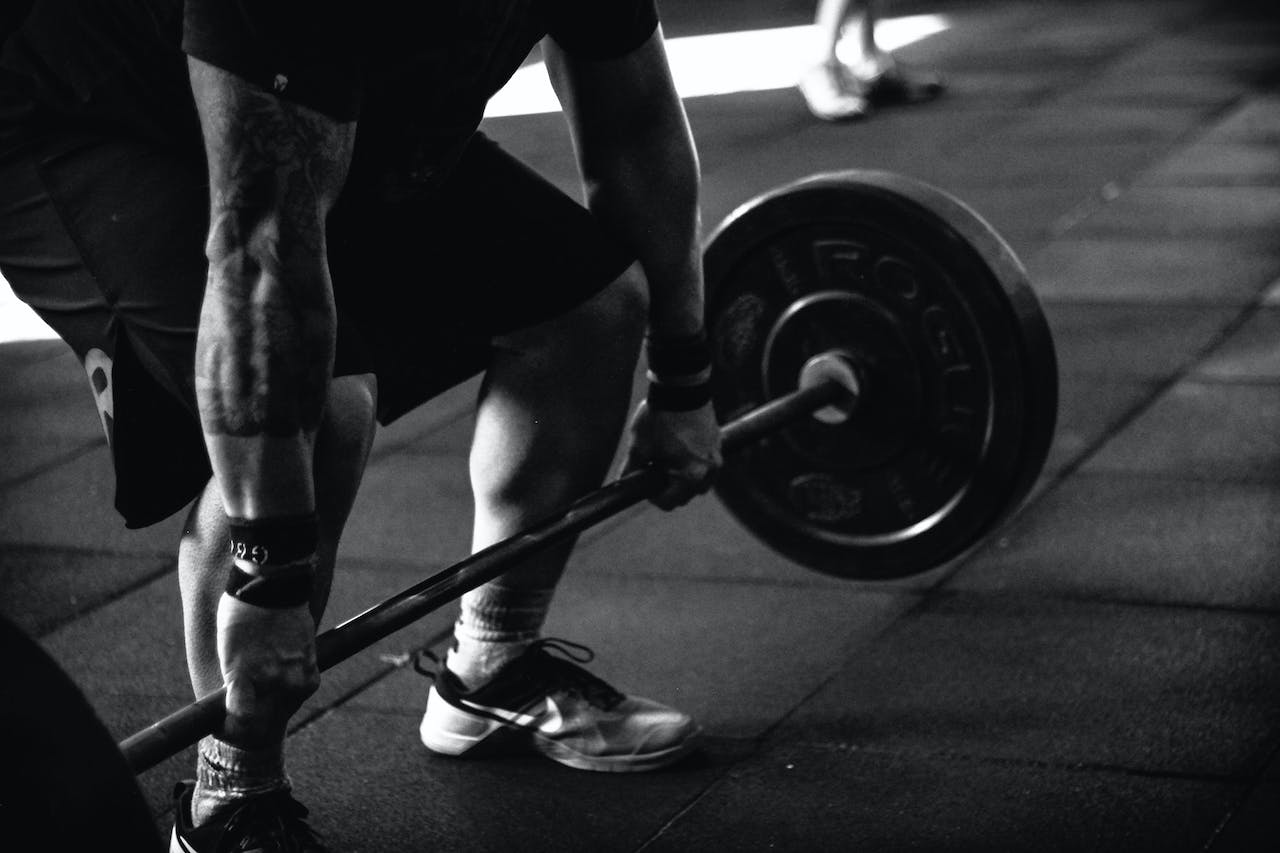The Basics
So you want to start strength training and learning barbell movements but you don’t know where to start. Today we’ll uncover how to design/format a session to align with your best interest in getting strong.
The first thing that comes to mind as a coach is that when I see people just starting out in the gym, they oftentimes try to do too much in one session. Whether it be too much volume or too many exercises, either way, it usually ends up being too much for them to handle. So my first piece of advice for today, is quality over quantity, in both exercise volume and selection. There is no reason to be doing 20 sets of squats and 3 different squat variations in a session.
The second topic we’ll cover today is exercise order and where certain things belong in a workout. This topic is quite subjective from person to person depending on their goals and experience but for now, let’s establish our goal as gaining strength and experience with the barbell. This will hopefully fix the nomad effect a lot of people suffer from in the gym, aimlessly wandering without order.
Finally, we’ll touch on some fundamental rep ranges that play a fairly large role in anyone’s strength and hypertrophy progress. No 20 rep sets aren’t bad for you but are they really the fastest way to accumulate absolute strength? Probably not. Just as 5 rep squats are good for you but are they the best way to grow your legs? Probably not.
Quality > Quantity
In my humble opinion, this will probably have the biggest impact on your progress both physical and actual training numbers. Learning what deserves a spot in the program and what should be left out is a skill very useful to coaches, even better for clients and people looking to expand their knowledge.
Often times it’s a lot less than what people think. Often times for a bush day programmed by me, there would be no more than 2 main compound lifts in a session. Whether that be deadlift variations, squat variations, or pressing variations, I dedicate only 2 slots of the workout to compound lifts of my choice.
After the compounds are finished, I typically have 3-4 remaining slots remaining for accessory exercises. These exercises are often ones that complement the compound lifts done in the first 2 slots, whether isolating smaller muscle groups or providing something the compounds had lacked.
5-6 slots, that is all you need to achieve a great workout. Anything more than that and I start to see diminishing returns in both performance and recovery.
Order of Operations
Now that we have picked some exercises to fill in the 5-6 given slots, where the hell do we put them? Knowing where to fit certain exercises can be like fitting pieces into a puzzle so let’s make it easy for you.
To start every session, let’s take the 2 exercises that require the most energy and put them first. These will always be compound exercises like a squat bench or deadlift. The reason is that we are freshest at the beginning of the workout as well as the compound lifts being the most complex exercises of the workout.
From there, we can think big to small like a pyramid as well as what is important to the individual. Do they want more external rotation at the shoulders because they arch so much when benching? Okay then maybe dips come after. Or do they want a little more focus on their butt for bikini season? Okay so let’s do some walking lunges after barbell squats. Knowing what is important to you can be a big roll in exercise order.
Reps and Sets
The final piece of the puzzle, now that you have exercises picked out and placed in the right order for your session, it is time to assign them their respective reps.
This is very relevant for the goal of the exercises and where it’s placed in the workout. For example, the compound lifts are first and will be the main driver for strength in that session, therefore they can be assigned lower reps like 5 or under for optimal strength gains.
On the flip side, for accessory exercises like dips, crunches, walking lunges, and so on, their goal is to facilitate a little more hypertrophy and I guess you could say isolated strength work. Therefore it is safe to say that you can assign them reps 6-8 or more for them to work best.
It is recommended that as a beginner or someone with a small amount of experience, you venture no more than 3 sets per exercise. Anything after that, especially with the compound lifts can lead to more CNS fatigue than one can recover from through day-to-day life.
As always, thank you for taking time out of your day to read through my articles. It truly means a lot to me that I can share my knowledge to anyone who seeks it through this platform.
Be sure to check out my most recent training packages posted on my site. These are excellent for anyone looking to gain experience with a barbell and learn more about these topics. Or for anyone looking to build upon an already laid foundation and looking to smash through some plateaus.
Kindest regards, Coach Palfrey.




